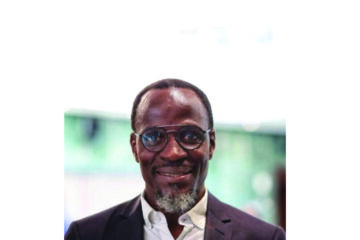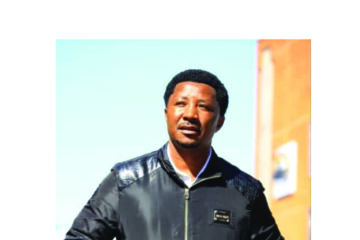As schools partially re-open this week, some are forcing parents to sign indemnity forms that they assume will relieve these educational institutions of any responsibility for protecting learners from exposure to COVID-19. Are these forms a type of ‘washing of the hands’ ala Pontius Pilot or are they an insensitive bureaucratic step that leaves parents even more uncertain?
During a time of crisis, reassurance is needed. People are nervous and uncertain, particularly parents of school aged kids. Institutions of stability like the government, churches and schools must step up to their higher place in society. They must lead from the front, not hide behind questionable legal protection forms.
The entire world is in motion regarding the pandemic. News reports on all aspects of the virus are swirling around on every media outlet. Opening schools and allowing children to resume their learning, albeit on a changed schedule, is a difficult, but necessary first step towards the new normal. Everyone is on edge. Is it helpful therefore, for schools to issue forms that add to the parent’s burden of worry rather than ease it?
Though younger healthy people are not recorded victims of COVID-19 (so far), there is no evidence that they are not asymptomatic carriers. Government made the decision that closing schools would prevent further spread of the pandemic. That means there is risk when the schools are re-opened. Just deciding to bring your child to school in a time of a global pandemic is nerve-wracking for parents that want to do their best to ensure their children are as safe as possible. Their mettle is to be applauded, not doused with cold water.
Are indemnity forms the right move when parents and schools need to work together as close as possible to ensure the safest possible learning environment for students? The form, in effect, could be interpreted as a school saying, “Folks, we take no responsibility for your child. We have nothing to do with helping our students to maintain the guidelines for prevention of further spread. You decided to send your kid here, so, it’s on you. Take it or leave it.”
What kind of partnership in education and student safety is that?
Does an indemnity form mean that proper precautions aren’t going to be taken? Does it mean that the school has surrendered to the inevitability of infection and has sought to cover its own legal backside in fear of lawsuits for negligence?
These negative interpretations are given root when schools are not coupling indemnity forms with online dialogue or media statements clarifying the matter. Simultaneous with sending the indemnity forms, schools should have issued a statement listing all measures that will be taken to ensure the safety of the children as they return to school. When there, social spacing, handwashing, cleaning of classrooms throughout the school day, the mandatory wearing of masks and any other reasonable measure will be taken to continue education AND welcome the students in the best climate possible. What is wrong with issuing a statement of partnership with parents rather than only an ‘in your face’ declaration of a separation of interests?
In any event, indemnity forms for a school are questionable in their scope. The legal concept of ‘gross negligence’ stands, with or without indemnity forms as the school’s attorneys should have advised. The state of emergency regulations and the usual school safety requirements are still the law, regardless of an indemnity form. Schools thinking they can just sit back, relax and shift the risk are mistaken. If negligence can be proven, forms or no forms, the school has not saved itself from court proceedings.
Why not open a blog or live website where students and parents can express their concerns and receive answers. Do a radio dialogue with parents BEFORE issuing indemnity forms. Why not video a dramatized arrival of students being checked for fevers, masks, hands washed at the entrance and other measures? Assuming school staff at all levels are briefed, trained and prepared for what is needed in the new normal pandemic world, why not show this? It could ease many fears as there would have been no parent-teacher meeting for dialogue given pandemic restrictions on events. Why choose actions that raise tensions instead?
Schools are places of new ideas, innovative thinking, self-expression and learning. They are supposed to be oases of safety for learners, teachers, and administrators and staff as well. Educators have a higher standing of leadership in society, as they should. Therefore, schools should lead the pack in innovation and communication. Rather than send nerve-wracking forms with demands to sign “or else”, school decision-makers must practice lessons on how to make smart choices.



